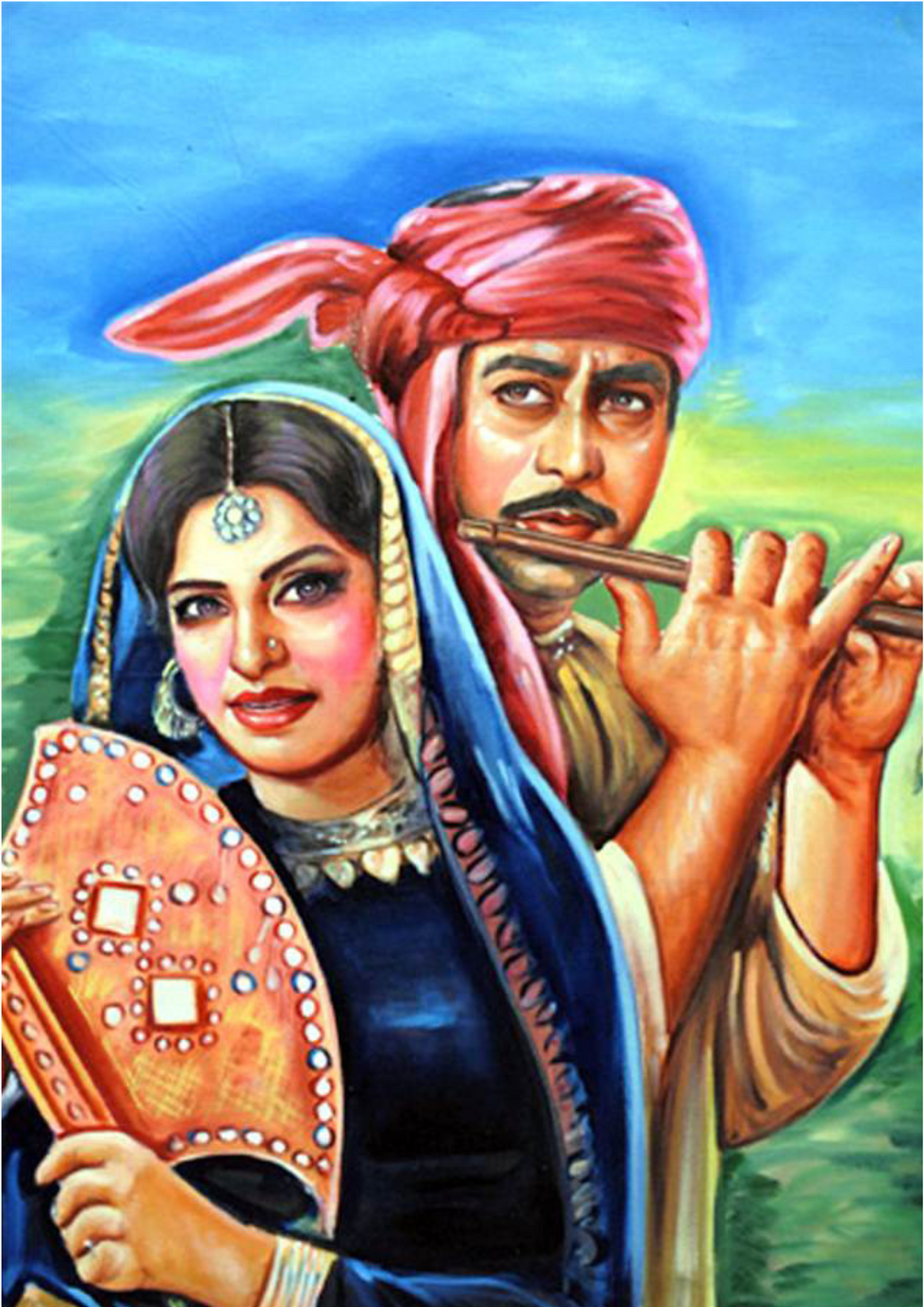Heer Ranjha: A Beautiful Love Story
- deepshikha1816
- Dec 27, 2022
- 2 min read

Famous Indian and Pakistani love stories from the Punjab region include Heer Ranjha. One of the best pieces of Punjabi literature, the tale is narrated in the form of a traditional Punjabi poetry.
According to the story, Ranjha was an attractive but poor young man, and Heer was a lovely and honourable woman from a wealthy family. Despite having different social standings, the couple fell in love . Heer's family, who set up another marriage for her, rejected their union despite their feelings for one another. Heer, unwilling to marry against her will, fled her home and sought refuge with Ranjha.
While attempting to be together, the pair encountered numerous difficulties and inconveniences, including the negative attitudes of both Heer's and Ranjha's families. Heer and Ranjha were ultimately split up, and Heer was compelled by her parents to wed Saida Khera. Ranjha, broken-hearted and grieving, lived as a wandering mendicant and sang songs of love and longing for Heer.Ranjha is devastated. He is alone himself as he travels the countryside and eventually encounters a Shaiva Jogi . Ranjha becomes a jogi himself, piercing his ears and renunciating the material world, after meeting Gorakhnath, the founder of the "Kanphata" sect of jogis, in Tilla Jogian. He travels throughout Punjab while saying the Lord's name, finally coming to the village where Heer currently resides.
The two go back to Heer's town, where Heer's parents approve of their union—although other versions of the narrative claim that this is only a ruse on their part. In order to punish the girl for her behaviour, Kaido poisons her meal on the wedding day, preventing the ceremony from taking place. When Ranjha learns of this, she rushes to save Heer but arrives too late because she has already consumed the poison and passed away. Ranjha consumes the last of the poisoned food and passes away by her side, brokenhearted once more.
Heer Ranjha's tale has been recounted and reinterpreted in a number of media, including plays, movies, and music, and it is still well-known and adored throughout the Punjab region and beyond. The tale is frequently used as a metaphor for the strength of love that never fades and the triumph of the human spirit in the end.
Also read: Chola Dystany (800-1200 CE)

Bình luận